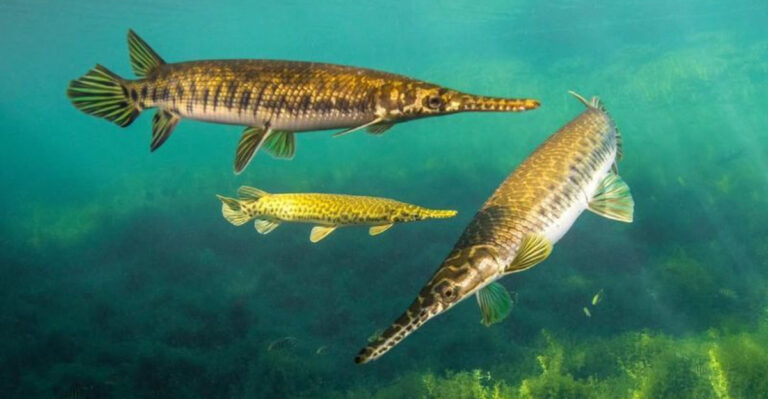14 Dangerous Desert Dwellers To Watch Out For In Arizona
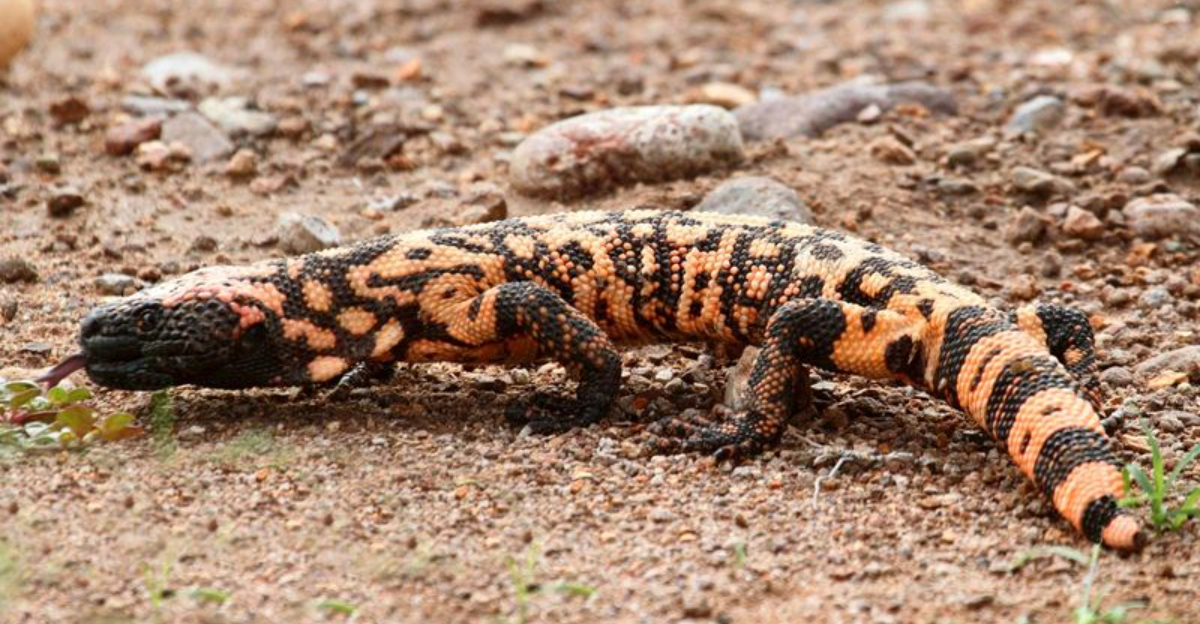
Arizona’s captivating desert landscape hides more than just beautiful sunsets and saguaro cacti. Beneath the sand and among the rocks lurk creatures that demand respect and caution from hikers, campers, and residents alike.
While most desert wildlife prefers to avoid human contact, knowing which animals pose potential dangers can make your outdoor adventures both safer and more enjoyable.
1. Silent Stalkers: Diamondback Rattlesnakes
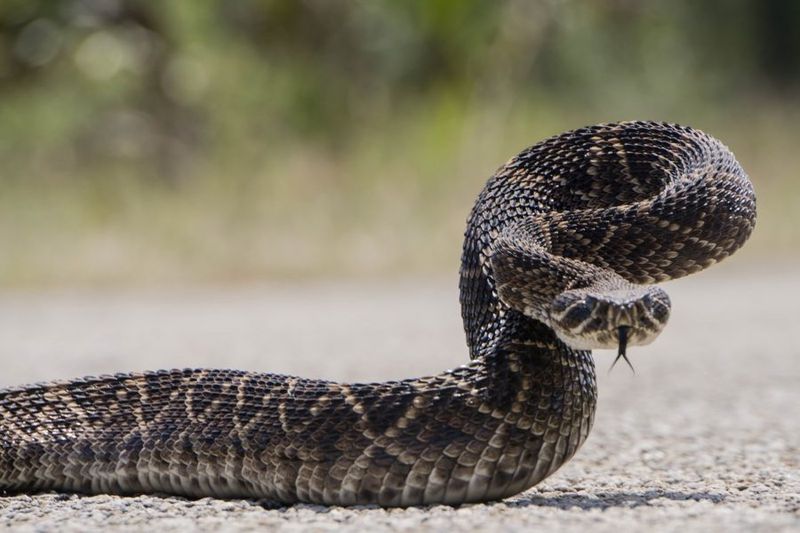
Those distinctive diamond patterns aren’t just for show – they’re nature’s warning sign. Western Diamondbacks inject powerful venom that breaks down tissue and can cause severe pain, swelling, and even death if untreated.
Always watch your step on trails and listen for their signature rattle. These snakes can strike at distances up to two-thirds their body length, so keep a respectful distance if encountered.
2. Hairy Hunters: Arizona Bark Scorpions
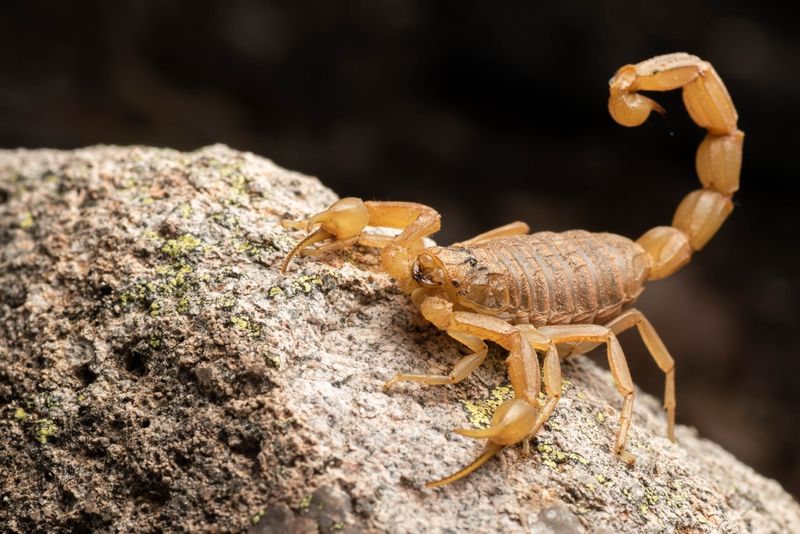
Barely the size of your pinky finger but packing quite the punch! These pale yellow arachnids hide in woodpiles, under rocks, and even inside shoes, making them particularly troublesome for unsuspecting homeowners.
Their venom causes intense pain, numbness, and in rare cases, breathing difficulties. Unlike their larger scorpion cousins, bark scorpions can climb walls and trees, making them harder to avoid.
3. Desert Ninjas: Gila Monsters
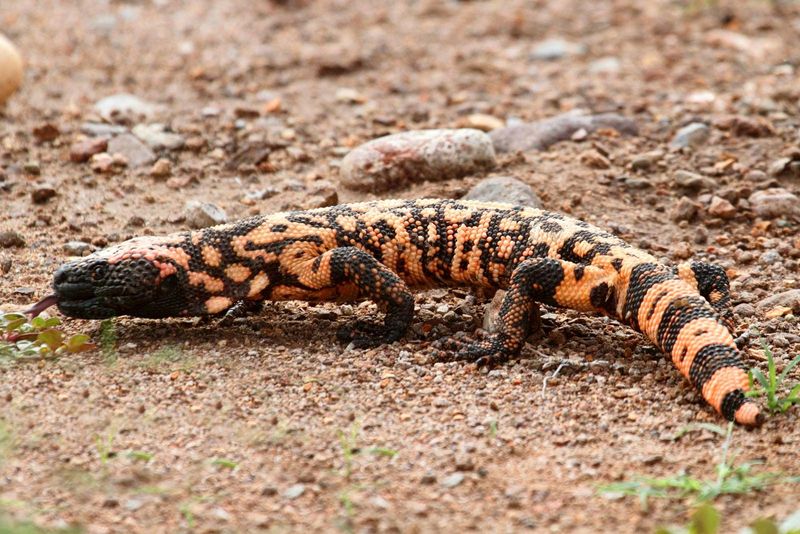
With their orange-black beaded skin, these lizards look like they’re dressed for a Halloween party. Don’t be fooled by their slow movement – Gila monsters deliver a painful, venom-filled bite and hang on like determined bulldogs.
Protected by state law, these rare reptiles typically avoid humans. Their venom isn’t usually lethal but causes extreme pain, dizziness, and swelling that can last for hours.
4. Eight-Legged Terrors: Desert Tarantulas
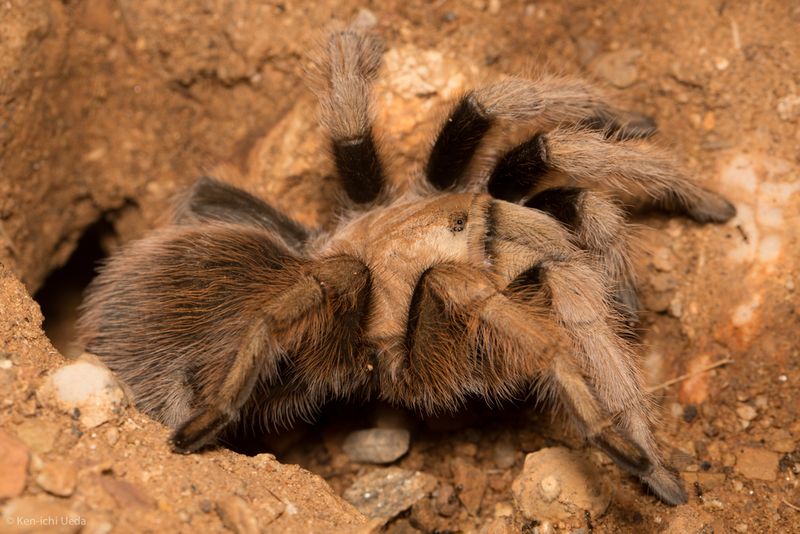
Despite their starring role in nightmare fuel, these fuzzy giants are surprisingly shy. When threatened, they’ll flick irritating hairs from their abdomen that can cause skin irritation and eye problems.
Their bite, while painful, delivers venom comparable to a bee sting for most people. Males wander during mating season, so you’re more likely to encounter them crossing roads or hiking trails in late summer.
5. Deadly Drifters: Africanized Honey Bees
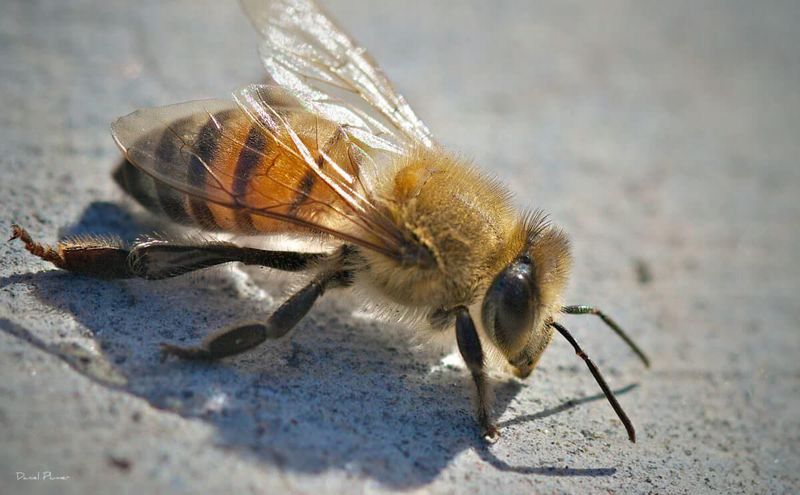
Nicknamed “killer bees” for good reason, these aggressive insects defend their territory with military precision. Unlike their gentler European cousins, they’ll chase perceived threats for up to a quarter-mile!
A single sting isn’t more venomous than regular bees, but they attack in massive swarms. If you hear intense buzzing, don’t swat – run in a straight line and seek enclosed shelter immediately.
6. Spotted Predators: Mountain Lions

Masters of stealth, these tawny hunters can leap 40 feet in a single bound! Though human attacks are extremely rare, mountain lions occasionally venture into suburban areas when drought limits their natural prey.
If you encounter one, never run – this triggers their chase instinct. Instead, make yourself look larger, maintain eye contact, and back away slowly.
7. Venomous Vagrants: Black Widow Spiders
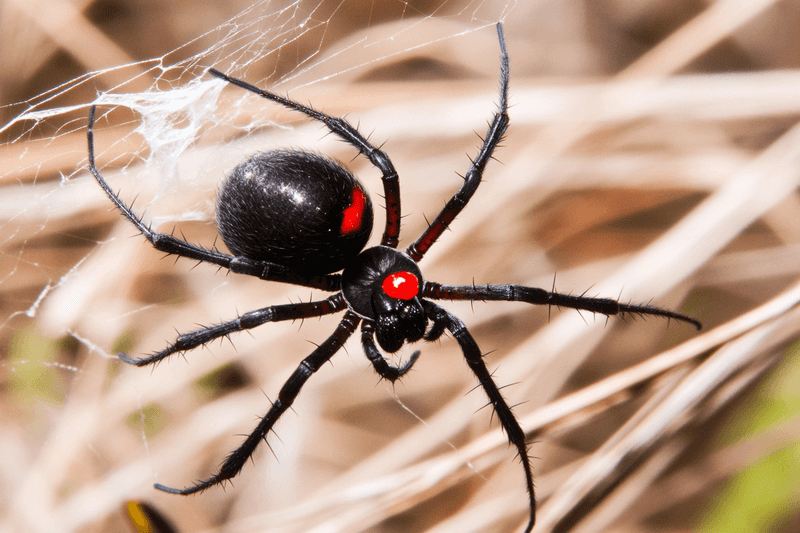
Glossy black bodies with that telltale red hourglass – nature’s perfect warning label! These infamous arachnids love dark, undisturbed spots like woodpiles, garden sheds, and outdoor toilets.
Only females pack the powerful neurotoxic venom that causes intense pain and muscle cramping. Good news: they’re shy and bite defensively rather than aggressively.
8. Buzzing Bombers: Tarantula Hawks
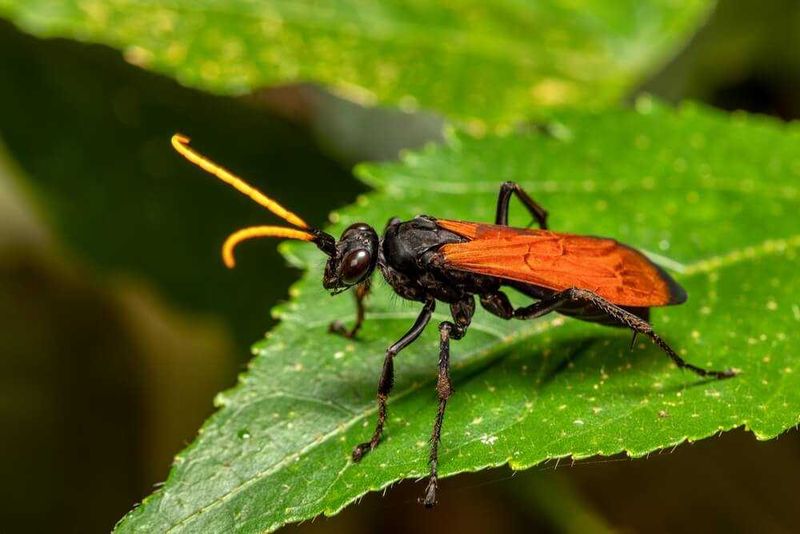
With metallic blue-black bodies and rust-colored wings, these massive wasps look like something from a sci-fi movie. Don’t let their beauty fool you – their sting ranks among the most painful insect stings on the planet!
Fortunately, they’re non-aggressive toward humans unless handled. Their primary targets are actually tarantulas, which they paralyze and use as living incubators.
9. Prowling Packs: Coyotes
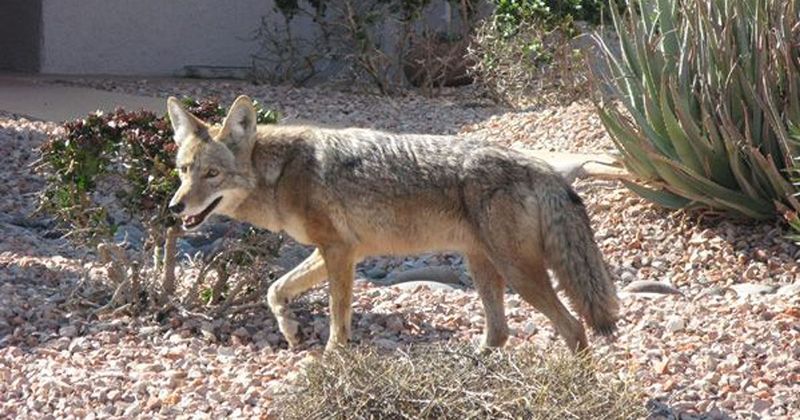
These adaptable canines have learned to thrive alongside human development, sometimes too comfortably. Urban coyotes may lose their natural fear of people, creating potential conflicts, especially during breeding season.
Though attacks on adults are rare, they occasionally target small pets and unattended children. Never feed coyotes intentionally or unintentionally by leaving pet food outside.
10. Striped Sprayers: Western Spotted Skunks
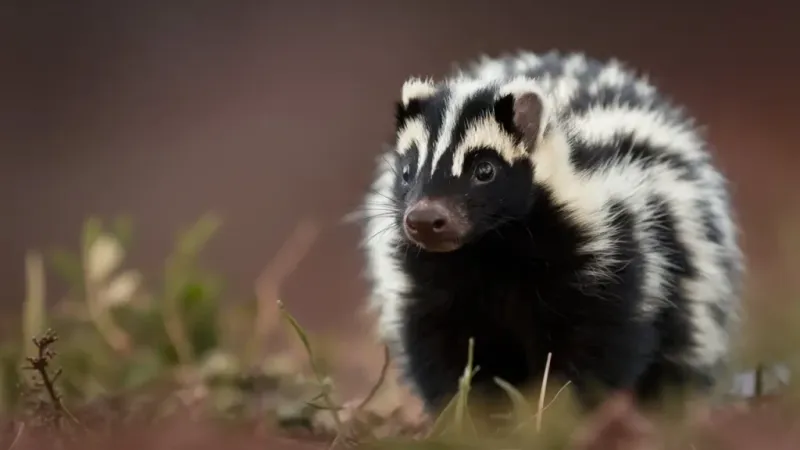
Before unleashing their infamous defense spray, these masked bandits perform an impressive handstand warning display! Standing on front paws with tail high, they create a striking threat posture that says “back off!”
Their aim is impressively accurate up to 10 feet. The noxious spray causes intense eye irritation and nausea. Unlike their larger cousins, spotted skunks are excellent climbers and may den in elevated locations near human structures.
11. Tusked Troublemakers: Javelinas
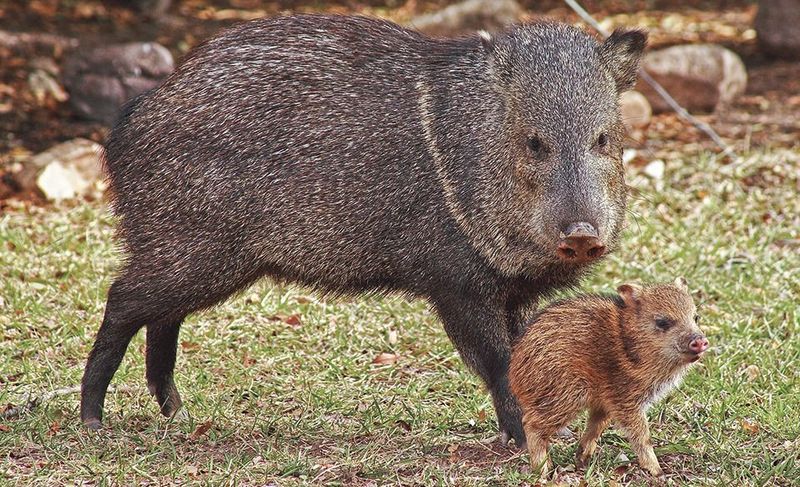
Often mistaken for wild pigs, these collared peccaries travel in family groups that can number up to 20 individuals! Their poor eyesight is compensated by an excellent sense of smell, which they use to locate prickly pear cactus – their favorite food.
Though generally shy, javelinas defend their young fiercely and possess sharp tusks. Urban encounters are increasing as development expands into desert habitats.
12. Venomous Vipers: Mojave Rattlesnakes
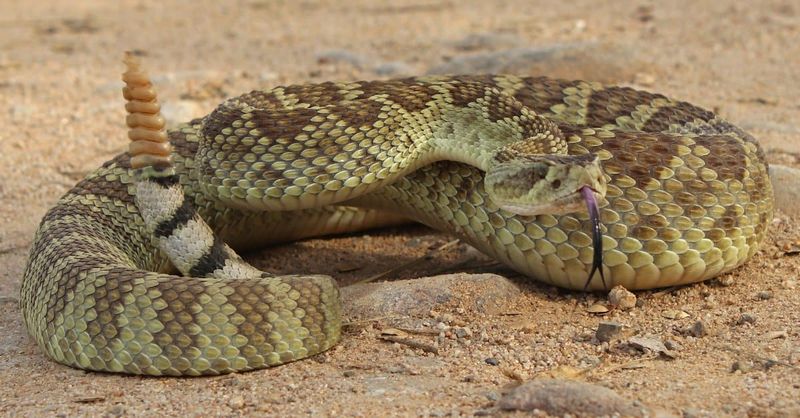
Containing both hemotoxic and neurotoxic venom, these greenish rattlers pack a double-whammy that few other North American snakes can match. Their neurotoxic component affects the respiratory system, making them potentially more dangerous than other rattlesnakes.
Excellent camouflage makes them nearly invisible against desert soil. They’re most active during warmer months but may emerge from dens on sunny winter days.
13. Desert Dragons: Sonoran Desert Toads
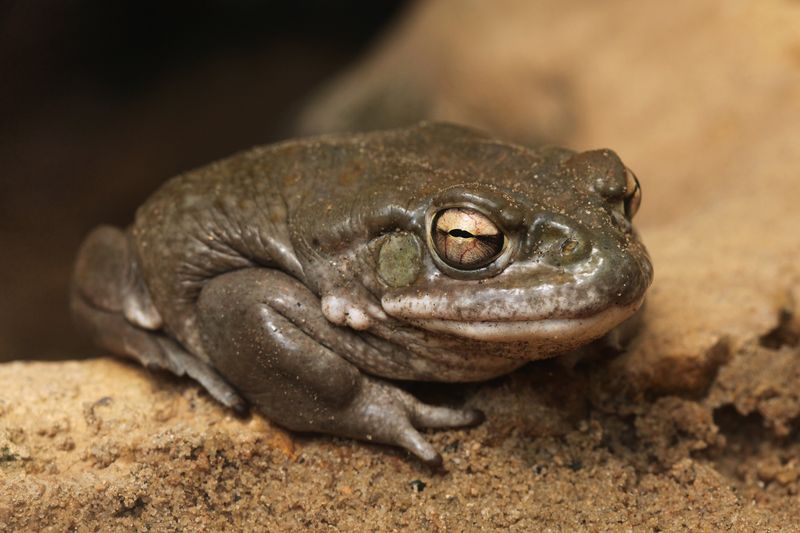
Weighing up to 2 pounds, these heavyweight amphibians are Arizona’s largest native toads! Their skin secretes potent toxins that can cause severe illness or death in pets that mouth or ingest them.
For humans, skin contact can cause irritation, and the toxins can be dangerous if they get into the eyes or mouth. These nocturnal creatures emerge during summer monsoon season, often appearing in yards with pools or water features.
14. Stinging Swarmers: Harvester Ants
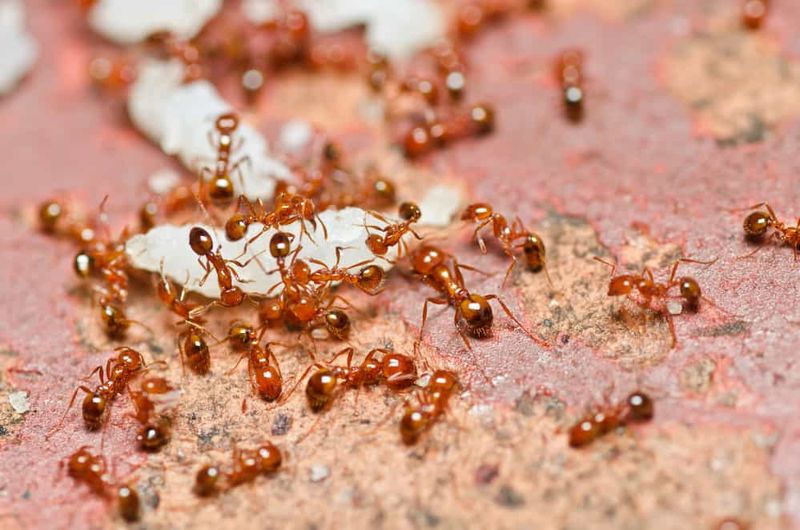
These industrious red ants build distinctive circular clearings around their nests – a hint to give them space! Their painful sting contains venom that’s potent enough to cause allergic reactions in sensitive individuals.
Unlike many ants that bite then spray acid, harvesters deliver true venom through a stinger. A single colony can contain over 10,000 workers, all ready to defend their territory.





